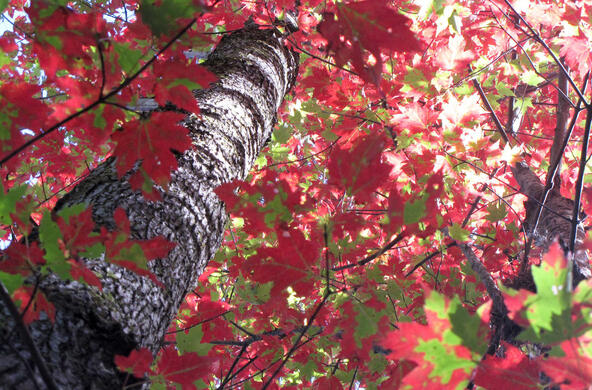
Most of us feel a connection to the seasons—the relief that comes with green leaves unfolding in early spring, the soothing sound of crickets in the summer, or the honking of migrating geese in the fall. Our food, water, and even moods are tied to seasonal cycles. But only a select few tune into nature’s rhythms and take careful notes.
The science of studying the timing of seasonal changes and natural life cycle events is called phenology. Some observers have kept meticulous accounts – from Japan’s 1,600 year cherry blossom records to Henry David Thoreau’s writings on Walden Pond and Thomas Jefferson’s nature diary.
Historic phenology records allow us to detect biological changes in response to weather patterns. We now know that spring green-up is advancing by about two days per decade and that over the last fifty years the growing season has lengthened by approximately twelve days. But there is also much we don’t know.
Fortunately, technology and public interest have spawned an unprecedented phenology movement. Using open source data and the USA-National Phenology Network, not-for-profits, public agencies, NGOs, and citizens are establishing monitoring sites around the country.
For example, the New York Phenology Project engages a network of partners – from the Jamaica Bay Wildlife Refuge to the Mohonk Preserve – to monitor a 150 mile gradient from Manhattan up the Hudson River Valley.
Phenology is the art of learning how to pay attention to nature. If you are interested in slowing down and tuning in, visit www.USAnpn.org for opportunities in your geographic region.
Produced in collaboration with WAMC Northeast Public Radio, this podcast originally aired on March 12, 2015. To access a full archive of Earth Wise podcasts, visit: www.earthwiseradio.org.





